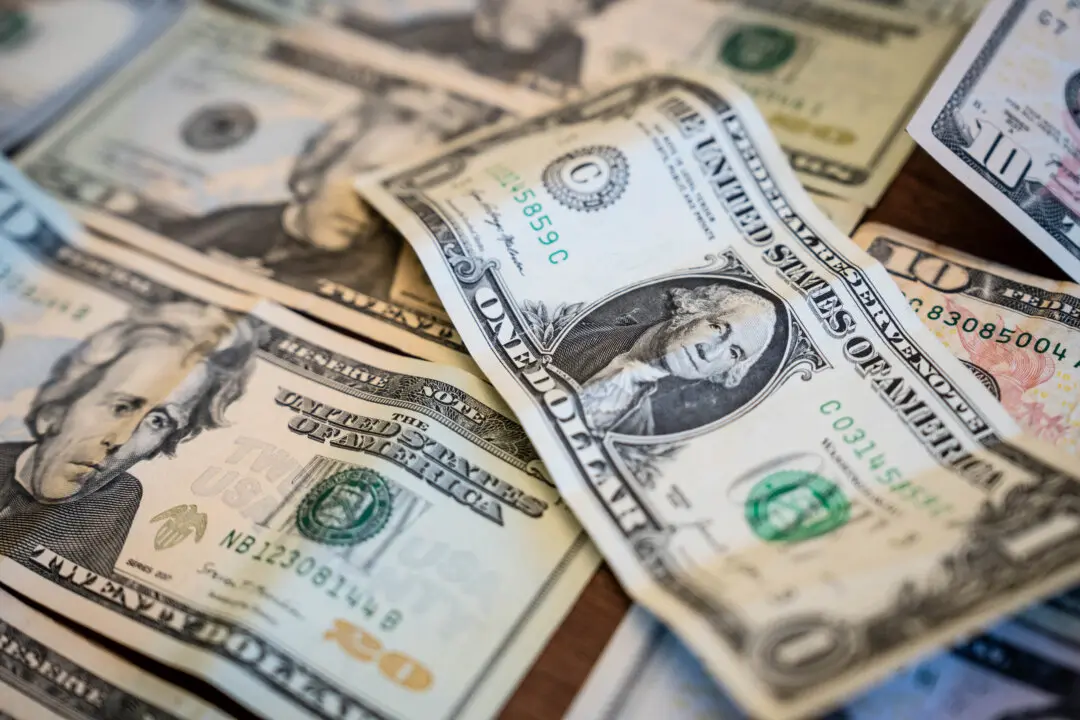More U.S. households are financially worse off than they were a year ago, according to the Federal Reserve Bank of New York’s September Survey of Consumer Expectations (SCE).
Forty-one percent of households say they’re financially worse off than a year ago, up from 40 percent in August. By comparison, 18 percent report being better off, unchanged from the previous month. Forty-one percent say it’s about the same, down from 42 percent in the August SCE data.





